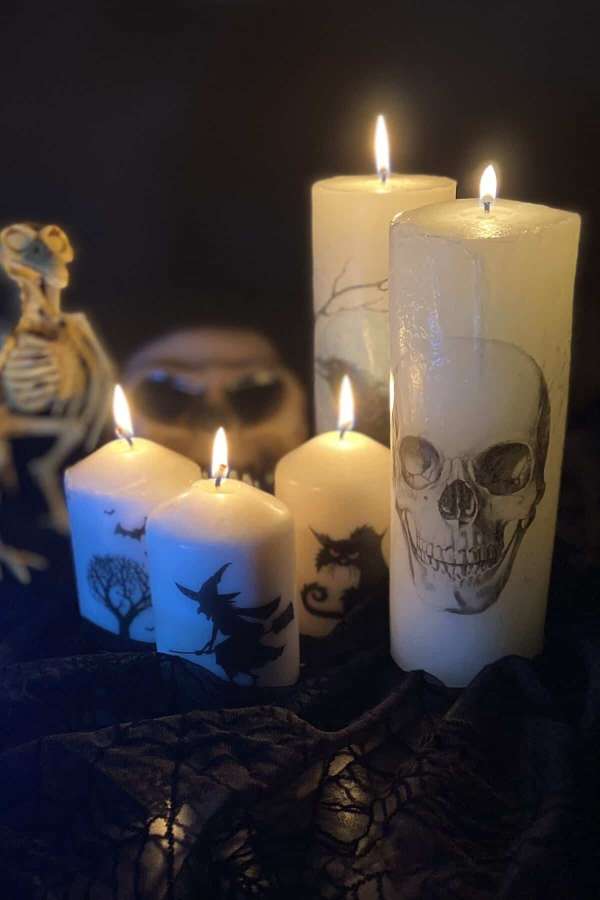 Oh my! How fun and creative is this?? Now I’m feeling bad for getting rid of that ugly plastic flamingo left in the shed from the previous owner of my house. What a great way to change up an outdated lawn ornament. See it at zombies wearing helmets — Like a rhinestone cowboy?.
Oh my! How fun and creative is this?? Now I’m feeling bad for getting rid of that ugly plastic flamingo left in the shed from the previous owner of my house. What a great way to change up an outdated lawn ornament. See it at zombies wearing helmets — Like a rhinestone cowboy?.

Waay 2 cool gonna do this very soon. Thanks for this share!!!
I love this! I found it on Pinterest and I told my boyfriend that the only way we would have a flamingo in the yard would be if it looked like this. Thank you for sharing!
Where did you find these rhinestones for the flamingo ? I’ve looked everywhere, and all I can find are the tiny ones used for nails. I’ve looked at Joann’s, michaels, dollar stores. Send me the info to find them. What size stones did you use ?
Hi Ruth. Please click through to the designer’s site and ask over there. We didn’t create or make the project, we’ve just featured it. She would be the best person to answer your question.
What kinda glue do u use to adhere rhinestones to flamingo?
Thanks
i made one of these and after a little more than a year the silver backing came off the stones ( i bought a big tub at hobby lobby) and used gem glue. i’m not sure what went wrong. any suggestions to keep that from happening? once the backing is gone, the color isnt there. thanks! 🙂
I’m working on 2 of them right now. I’m using silicone and they are not moving. Putting a sealer on afterwards.